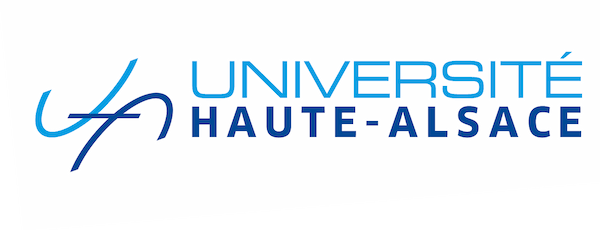Title : What drives transport and mobility trends? The chicken-and-egg problem.
Author(s) : Nathalie Picard
Abstract : Transport and mobility trends are heavily influenced by urban dynamics, especially in terms of residential and job location. Conversely, commuting time, and more generally transport supply, are major determinants of residential and job location. In addition, real estate prices depend on the supply and demand for dwellings and offices, which in turn depend on real estate prices. All these interactions, at the core of the Land Use and Transport Interactions (LUTI) models, give rise to the Land Use and Transport version of the chicken-and-egg problem. For the econometrician, who aims at estimating such interactions, the chicken-and-egg problem refers to endogeneity. We illustrate the main sources of endogeneity (common determinants, reversed causality and simultaneity of decisions) in the context of the four-step model. For the policy maker, the question is not which comes first, but rather which one is the most sensitive to public policies, and how can public policies be optimized given the mutual influences between transport, land use and economic growth, both in the short run and in the long run. Public policy optimization and evaluation requires to understand and measure the behavioural reactions of households, firms and other agents to public policies, as well as their redistributive effects.
Key-words : Transport demand, trends, Endogeneity, causality, policy implications.
JEL Classification : R4, R5, R38, R21, O18






